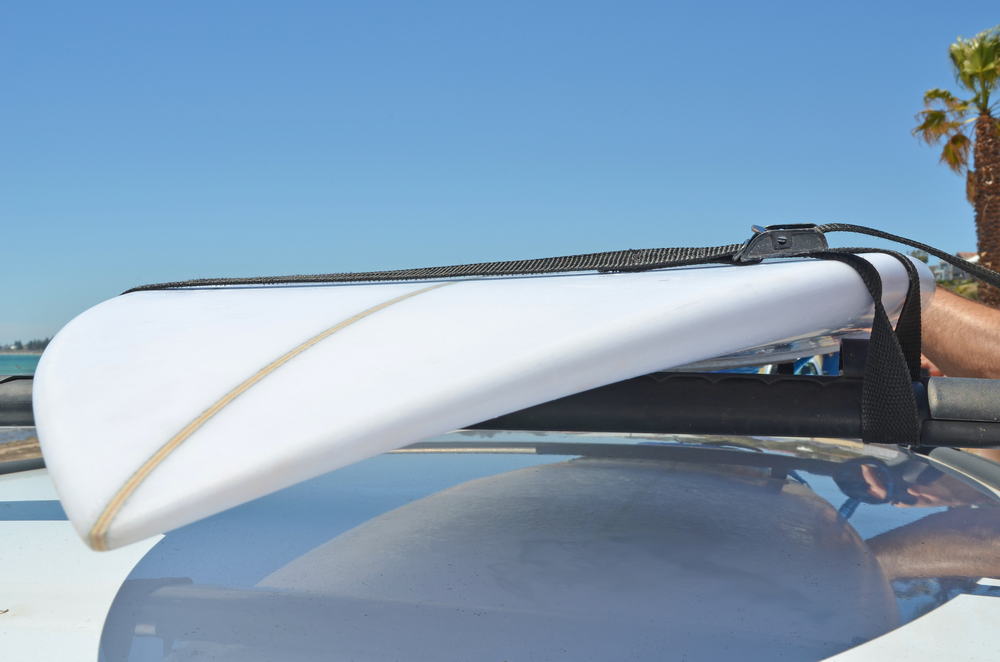I remember spending time in the Boy Scouts as a kid. Back then, we used tiedowns to secure tents and tarps. We used them to tie things to rooftops and trailers. More often than not, our tiedowns were hunks of rope or the occasional bungee cord. Cam straps existed back then, but they were considered a method of cheating for scouts who supposedly knew their knots.
Today, cam straps have all but replaced rope and bungee cords for serious applications. And they should. Cam straps are easier to use and deploy. They are stronger than bungee cords and more secure than rope. But to use one effectively, you need to understand some fundamental principles.
Table of Contents
1. Their Primary Purpose
Cam straps are primarily tiedown straps. Their main purpose, according to the makers of the Rollercam tiedown straps, is to secure loose items during transport. They are ideal for securing kayaks to trailers and keeping bikes safe in the back of a pickup truck.
Cam straps are not designed to be used as tow ropes or chains. They are not laundry lines. They aren’t a substitute for rope when you want to lash things together or bungee cords when you need a quick release option for holding down a tarp.
2. They Are Made of Webbing Material
Though there are exceptions to the rule, most cam straps are made from webbing material. The material is strong and durable. It can stand up to precipitation, temperature swings, and direct sunlight. But webbing material has one fatal flaw: it is easily cut.
What does this tell you? To not to expose webbing straps to sharp edges. If you are placing a strap over a load that could potentially damage the material, use edge protectors underneath. Otherwise, you could wind up losing your load in transit.
3. The Buckle Is the Key
The thing that makes the cam strap work is the buckle that holds everything tightly. Cam buckles have an opening through which the strap is fed. Teeth on the latching mechanism dig into the material to prevent it from slipping. A spring-loaded release allows you to pull the strap out when it’s time to unload.
All this is to say that buckles need to be taken care of. A cam strap is only as useful as the buckle attached to it. If you allow buckles to degrade and corrode, you are also allowing the buckles to suck the life out of the strap.
4. Sizes and Strengths Differ
The one thing most people don’t know about cam straps is that different sizes and strengths matter. Cam straps are rated for a certain working load, which is to say they can only hold down so much weight. It’s critically important to match size and strength with the load being tied down. Putting too much stress on a cam strap could mean breaking it and jeopardizing your load.
5. They Don’t Last Forever
Cam straps are extremely popular as tiedowns because they can take a lot of punishment. Not only that, but they will also keep working for a long time if you take care of them. But never forget that no cam strap will last forever. Things break. Webbing material degrades and buckles stop working. It is part of the game.
Knowing this to be the case, it’s important to inspect a cam strap before you use it. Inspect your straps every single time. It only takes one issue to create a huge problem that you might live to regret. Why take that risk when using cam straps safely is so easy to do?

